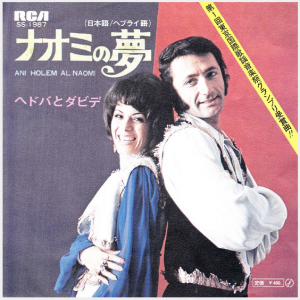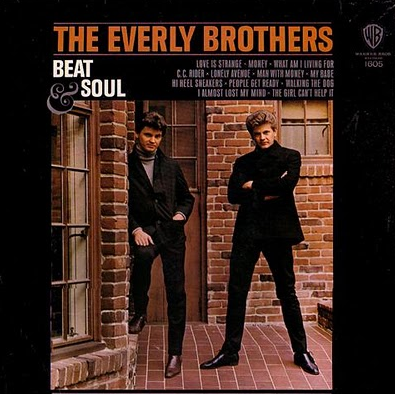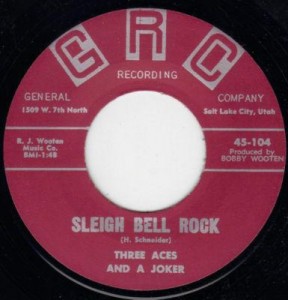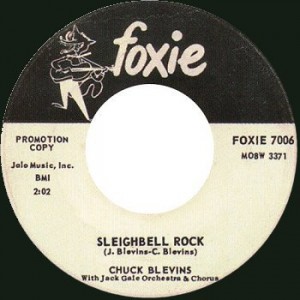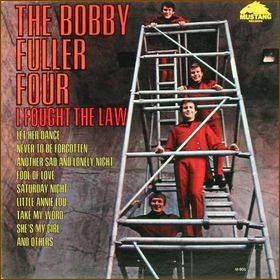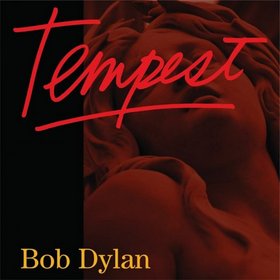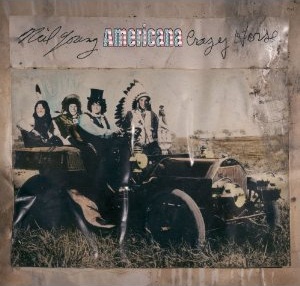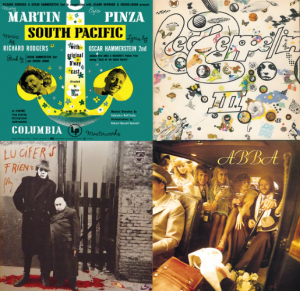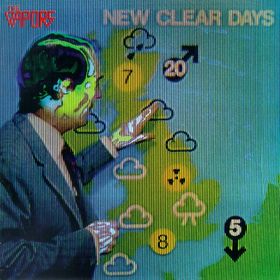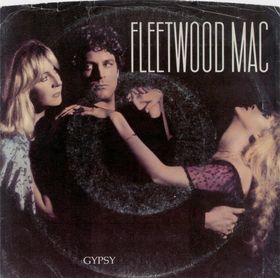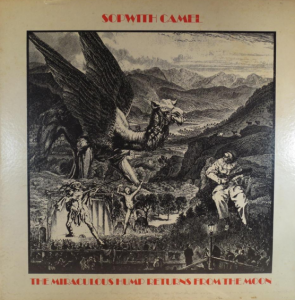
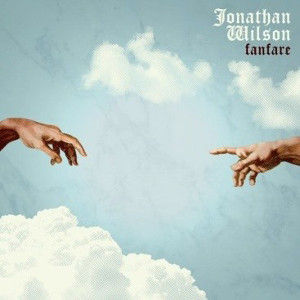
I checked out Jonathan Wilson’s new Fanfare album and liked its early ’70s California vibe. It should have had a gatefold including black and white/sepia pics of all the Laurel Canyon musicians involved for listeners to hold in their hands a la Deja Vu or If I Could Only Remember My Name. The biggest treat for me was Wilson’s cover of the San Francisco band Sopwith Camel’s “Fazon.” I knew this song from the 1973 Miraculous Hump Returns from the Moon record a friend gave me in the summer of ’85 – he’d found it in a stash of LPs his long-deceased uncle had left in his family’s basement. It became my most-played nighttime record that summer and whenever I’d look up at the night sky the swirling guitar chords that open up “Fazon” would play in my head.
Later that summer I took a trip to San Francisco to visit my Grandmother who lived on Geary Street and found a copy of the Camel’s self-titled 1967 album at a used record store on Polk Street. The man at the cash register had a walrus moustache and looked at the record for a longish moment. “This was an underrated band,” he said quietly, then took out the disk so we could listen to “Cellophane Woman.” I later taught myself a ragtime guitar version of “Hello Hello” and dug up a 45 of that song for its Byrdsy non-album B-side “Treadin’.” (Sopwith Camel only released two albums – the one from ’67 on Kama Sutra and a revival album on Reprise in ’73.)
I once had a conversation with Camel drummer Norm Mayell, who told me that one of the group’s first early advocates happened to be a guy with a walrus moustache who ran a used record store on Polk Street (no joke). He also told me that the “Fazon” incarnation of the band unraveled en route to a gig they were supposed to play with BJ Thomas in my present hometown of Austin, Texas. “We were leaving Palm Beach, Florida, because a concert with Sly Stone fell through and we were scheduled to play on the Midnight Special,” he said. “So a stop in Austin would be good preparation according to our manager Bob Cavalo (Little Feat, John Sebastian, Earth Wind and Fire).”
Austin, it turns out, is where the Camel’s second incarnation ran out of gas. The roadie and a band member, who were heroin buddies, were supposedly driving the van with all of the tour equipment up from Florida while the rest of the band waited in Austin. Eventually the manager got a phone call reporting that the “van had caught fire and all the equipment had burned on the freeway,” says Norm. In truth, the heroin buddies had been pawning all the gear, some of which had turned up in Macon, Georgia, where the group had played its last gig. It was a “gut punch,” as he put it, that did the Camel in. Norm, at least, could take comfort in the success he’d been having as the drummer for – and percentage holder of – Norman Greenbaum’s monster hit “Spirit in the Sky.”
Norm currently maintains the official Sopwith Camel website, where loads of memorabilia can be taken in, along with info about the newly reformed group’s live performances around the Bay area. Best of all, you can get your own copy of the remastered Miraculous Hump Returns from the Moon album and experience its time-tested ability to get inside people’s heads.
Sopwith Camel, “Fazon” (1973) (YouTube)
Jonathan Wilson, “Fazon” (2013) (Soundcloud)

